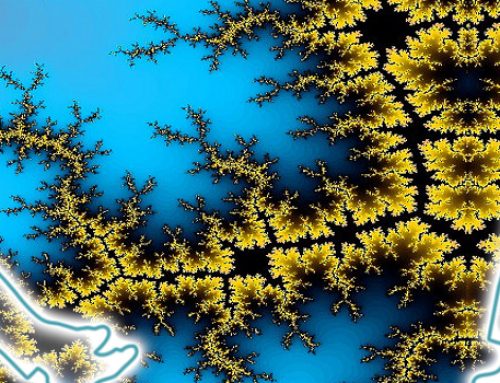Some key points of the recently published transcript: Different types of embodiment work
Attending to the body to make therapy more impactful, we notice that rather than us impacting the client, the client’s character impacts on us.
By opening to non-verbal, subliminal bodymind communications, therapists become more vulnerable to the impact of here & now unconscious messages.
VIA that vulnerability we notice: the client’s character conflict does not remain neutral outside the door - no, the client approaches therapy VIA their character!
Therefore, the client can be seen to construct the whole space of the therapeutic endeavour through the lens of their character wounding.
What CAN and SHOULD happen, what HAS TO and what MUST NOT happen in therapy, is always already (unconsciously) predefined and pre-figured by the client’s character wounding.
This is what is meant by the principle: allowing the client's unconscious to construct the therapist/the therapy as an object (it's not one object, but a whole object world).
Next we notice: The client’s character conflict necessarily puts US into conflict.
When engaging the client’s character conflict, the therapist necessarily NEEDS TO BE in conflict, torn between mutually exclusive parts/aspects/forces.
We can think of the mutually exclusive parts within the client's character conflict as Dr Jekyll and Mr Hide (an image of an extreme split between Ego and Shadow)
Putting the client's character conflict in these most simple, polarised terms (ego versus Self; ego versus shadow; False Self versus Real Self): How does the therapist make an alliance with both Dr Jekyll and Mr Hide at the same time?
The ego typically envisages a process that perfects and refines and makes the established character position more watertight and invulnerable.
The typical ego in its defended, defensive mode does not want the therapeutic process to reveal the shadow, and therefore is not able to pursue therapy for the Self.
Typically, the client’s ego and the client’s Self – in Jung’s terms – have very different, contradictory and opposing ideas and agendas for therapy.
So what process will I offer as a therapist: therapy IN SERVICE of the ego? Or therapy AGAINST the ego (which after all is paying the money)?
The ego's construction/assumption about therapy tends to be that it is a process oriented towards PERFECTION - a process of SELF-IMPROVEMENT.
The Self that supposedly needs IMPROVEMENT - or is imagined as being capable of IMPROVEMENT - is (by definition) not the Self that Jung is talking about.
Wholeness is a different ball game altogether, and needs to work against the ideas and agendas and demands (and therapeutic efforts) of the client’s ego.
The pursuit of wholeness is diametrically opposed to the pursuit of perfection as wholeness depends upon the embracing imperfection.
Because the above binary polarised formulations are often unhelpful and misleading (although not entirely invalid), we can envisage the client’s character conflict as between -what I call- the HABITUAL MODE and the EMERGENCY.
Having spent many years trying to find a cross-modality language for the client’s internal conflict, this hand-out summarises the language/concepts I prefer to use these days.


Leave A Comment
You must be logged in to post a comment.